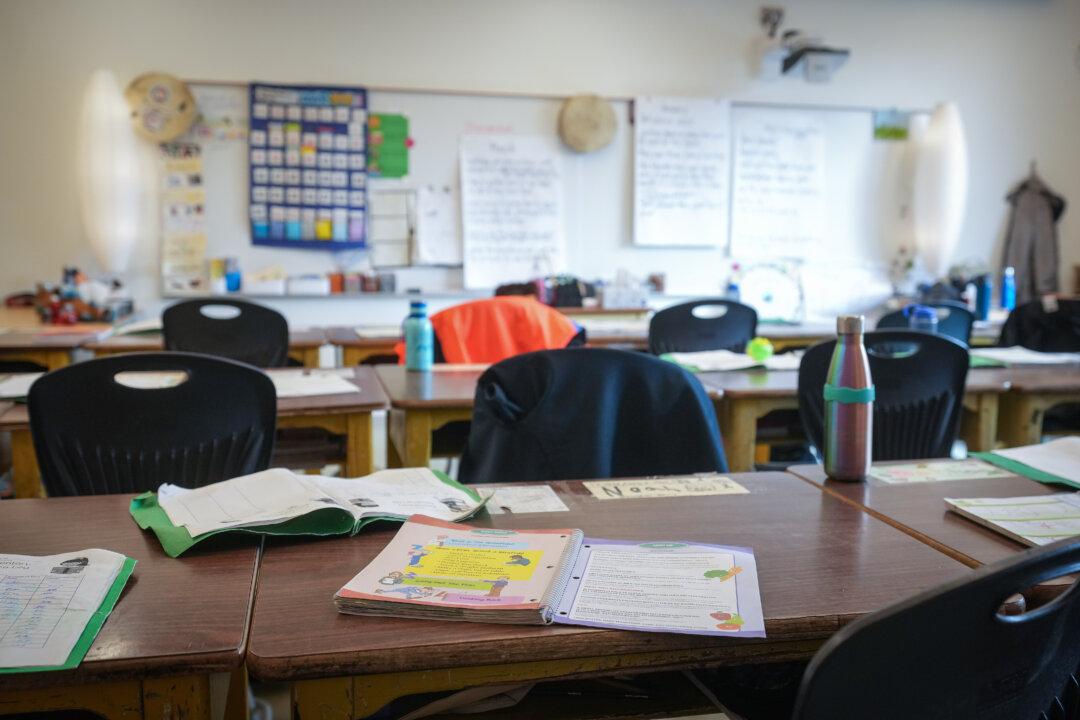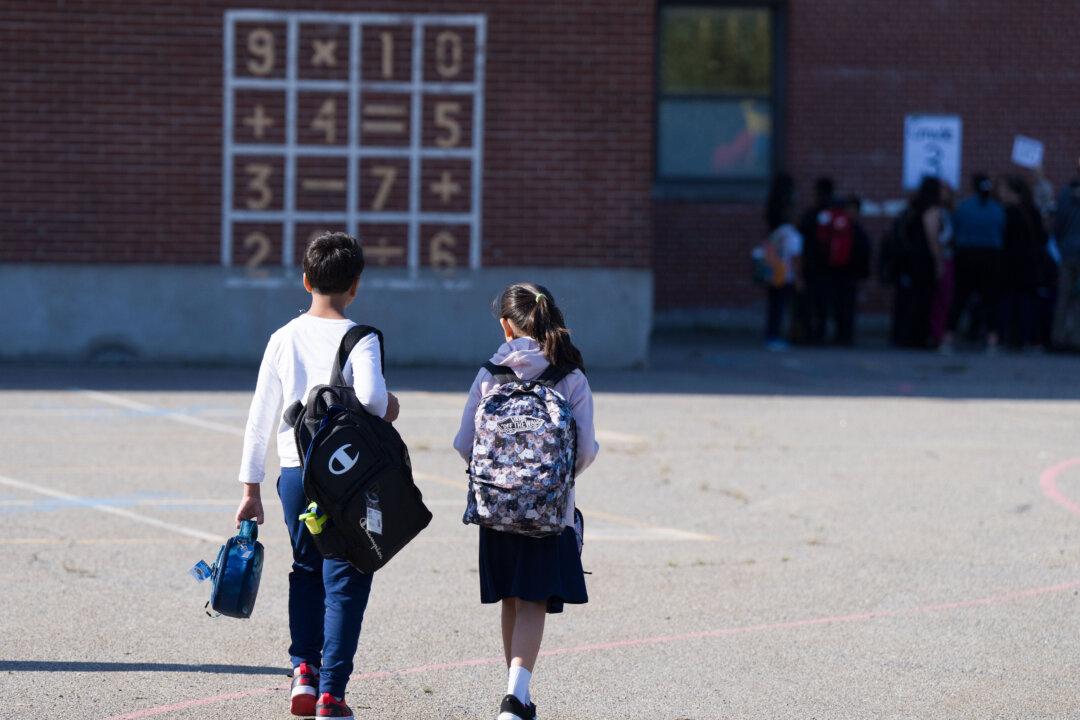The 2021–2022 school year was supposed to be better than the year before. With vaccination rates climbing and the worst of the pandemic seemingly over, everyone hoped that schools would look much more like normal.
Sadly, this is not the case, at least not in the Greater Toronto Area (GTA). That’s because school boards in the GTA have largely opted for a hybrid model of instruction where teachers teach both in-person and online students simultaneously.
If this sounds untenable, that’s because it is.
If there’s one thing we learned last year, it’s that there’s a world of a difference between in-person learning and remote learning. When schools were thrust into remote learning, teachers had to completely redesign their approach to teaching. There was no way they could keep teaching the same way they did before.
Now that schools are back in-person, teachers had hoped to reconnect with all their students in their own classrooms. Unfortunately, being required to teach online students at the same time makes this nearly impossible. That’s because a teacher’s time is divided between two very different groups of students. The result is a situation where neither group gets effective instruction.
Hybrid learning is mainly used at the high school level. Supporters of this approach argue that it allows online students to remain connected with their local school. While hybrid learning was supposed to be used sparingly, it has become common, at least in the GTA.
According to the Ontario Secondary Schools Teachers’ Federation, more than two-thirds of high school classes in the Toronto District School Board are using a hybrid model. This is because more families than anticipated selected remote learning back in August. Making the hybrid option available helps save money since school boards don’t need to hire additional teachers.
However, the hybrid model doesn’t help students learn. There are many reasons why this is the case.
First, hybrid learning forces teachers to spend more time preparing for their classes. This comes at the cost of the extracurricular activities that give many students a reason to attend school. Not only that, but it also means that teachers often have to water down their lessons because they don’t translate well into an online format.
Any type of group work or lab assignments also becomes highly problematic in hybrid classrooms. Online students obviously can’t participate in science experiments, nor can they engage in hands-on practice needed to master important skills. Even something as simple as participating in an art class is problematic since specialized supplies are often needed.
In addition, hybrid lessons raise serious privacy concerns for both teachers and students. Online students could have someone looking over their shoulder at any time. This makes it virtually impossible to have confidential teacher/student conversations. It also makes it harder for teachers to develop a cohesive classroom environment.
Finally, teachers have received virtually no training in how to teach hybrid classes. Many teachers have only limited technological skills and are not prepared to deal with the many technical challenges that come with online learning. As a result, teachers often spend a significant chunk of class time trying to resolve technological difficulties that will arise.
School boards have better options available. One thing they could do is make in-person learning a requirement for everyone except for the handful of students who are medically unable to attend. With the vaccines and booster shots that are available, there’s really no excuse for keeping students at home. In-person learning can be done safely, and students really should be in school.
If school boards are going to allow a significant number of students to learn remotely, they need to hire dedicated teachers who know how to teach online students effectively. While this would cost school boards more money, it’s worth it because it will improve the learning experience for all students.
One area where school boards could find extra money is by reassigning their numerous consultants, equity advisers, and learning coaches to regular classroom teaching responsibilities. Since classrooms are where learning takes place, they should be the focus of school board budgets.
Hybrid learning shortchanges all students. School boards need to do away with this model and let teachers focus on what they do best—teaching students in-person.





